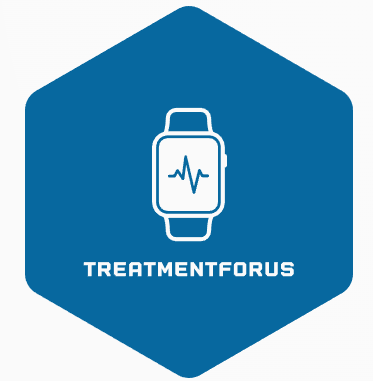Weaning with Love: The Best Way to Transition Your Baby to Solids
Weaning your baby from breast milk or formula to solid foods is a significant milestone in their development. This transition not only provides essential nutrients but also marks the beginning of your child’s culinary adventure. In this comprehensive guide, we will explore the best way to wean a baby, ensuring a smooth and enjoyable transition to a varied and nutritious diet.
What is Baby Weaning?
Baby weaning, often referred to as the of complementary foods, is the process of gradually transitioning your infant from a diet primarily consisting of breast milk or formula to solid foods. This typically begins around six months of age when most babies show signs of readiness for solids.
The Signs of Readiness
Before diving into the weaning process, it’s crucial to recognize the signs that your baby is ready for solids:
Sitting Up: Your baby can sit up with minimal support, which is necessary for safe eating.
Interest in Food: They show curiosity about the food you’re eating and may attempt to grab it.
Loss of Tongue Thrust Reflex: Your baby no longer pushes food out of their mouth with their tongue.
Chewing Movements: They make chewing motions with their mouth.
Increased Appetite: They seem hungry even after breastfeeding or bottle-feeding.
The Best Way to Wean Your Baby
Choose the Right Time:
Start weaning your baby when both you and your child are relaxed and in a calm environment. Avoid introducing solids during a stressful period.
Single-Ingredient Foods:
Begin with single-ingredient, iron-fortified infant cereals or pureed fruits and vegetables. Common first foods include rice cereal, sweet potatoes, and applesauce.
Introduce One Food at a Time:
Introduce one new food at a time, waiting about 3-5 days before introducing another. This allows you to monitor for any allergic reactions.
Consistency Matters:
Start with a very smooth and runny consistency, gradually thickening the texture as your baby becomes more comfortable with solids.
Feeding Schedule:
Initially, offer solids once a day, and gradually increase to two or three meals. Continue breastfeeding or formula feeding as usual.
Use a Small Spoon:
Use a small, soft-tipped spoon designed for infants. Avoid feeding with a bottle.
Encourage Self-Feeding:
As your baby grows, encourage self-feeding by offering small, age-appropriate finger foods. This helps develop fine motor skills.
Offer a Variety of Foods:
Introduce a variety of fruits, vegetables, grains, and proteins to expose your baby to different flavors and nutrients.
Breastfeed on Demand:
Continue to breastfeed on demand or follow your baby’s feeding cues. Breast milk or formula remains a crucial source of nutrition during the weaning process.
Stay Patient:
Be patient and understanding. Some babies may take longer to adjust to solids than others.
Stay Hydrated:
Offer small sips of water in a sippy cup with meals to keep your baby hydrated.
Watch for Allergies:
Keep an eye out for signs of allergies, such as rash, diarrhea, or vomiting. If you suspect an allergy, consult your pediatrician.
When to Transition to Cow’s Milk
Around 12 months of age, you can begin transitioning your baby from breast milk or formula to cow’s milk. Speak with your pediatrician about the best time to make this switch.
Conclusion
Weaning your baby is an exciting journey of exploration and growth. It’s essential to approach it with patience, love, and a focus on your baby’s cues and readiness. By introducing a variety of nutritious foods gradually and ensuring a positive mealtime environment, you’ll help your child develop healthy eating habits that will last a lifetime. Remember that every baby is unique, so trust your instincts as a parent, and enjoy the process of watching your little one embark on their culinary adventure.
